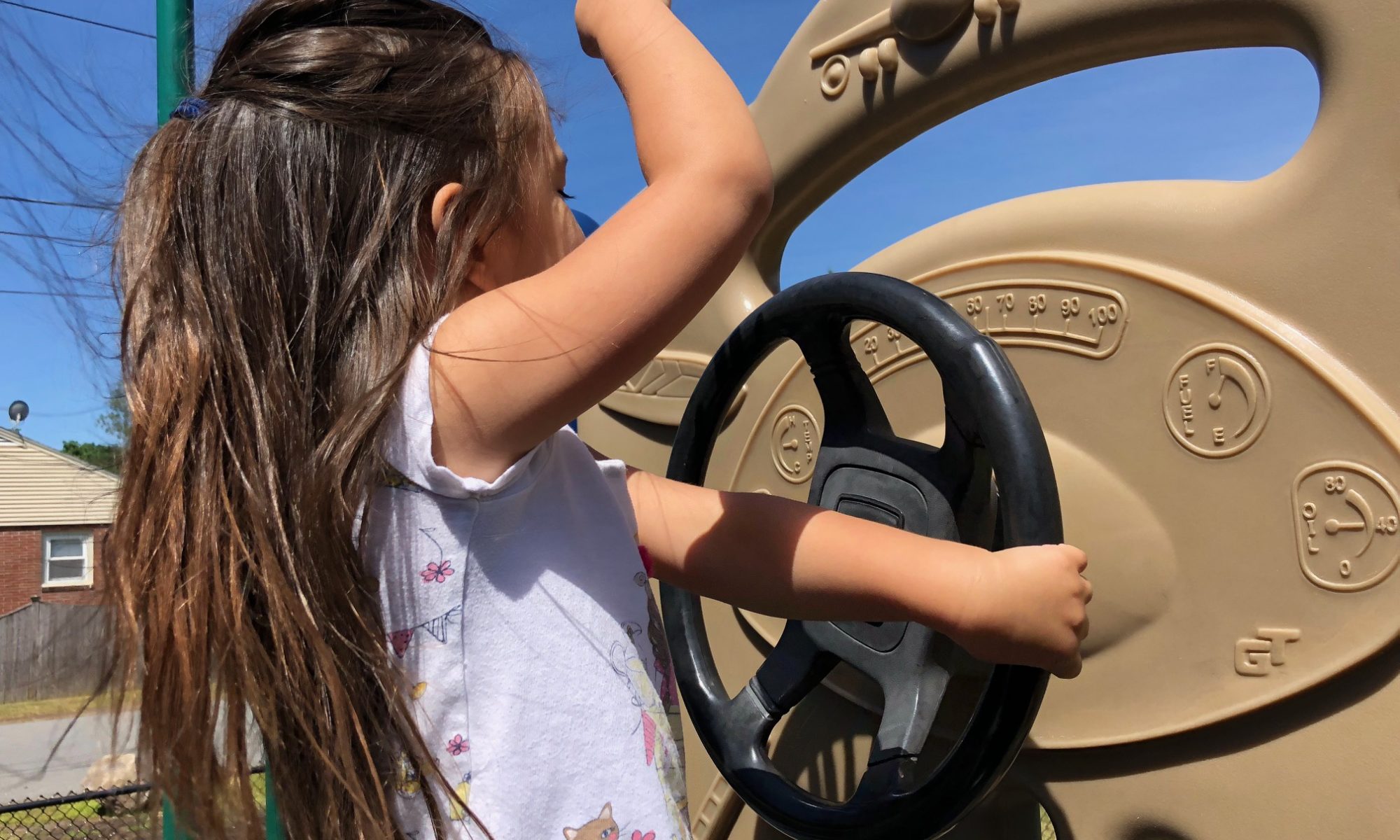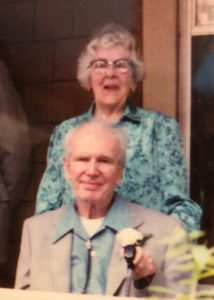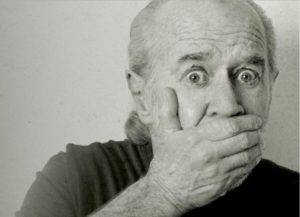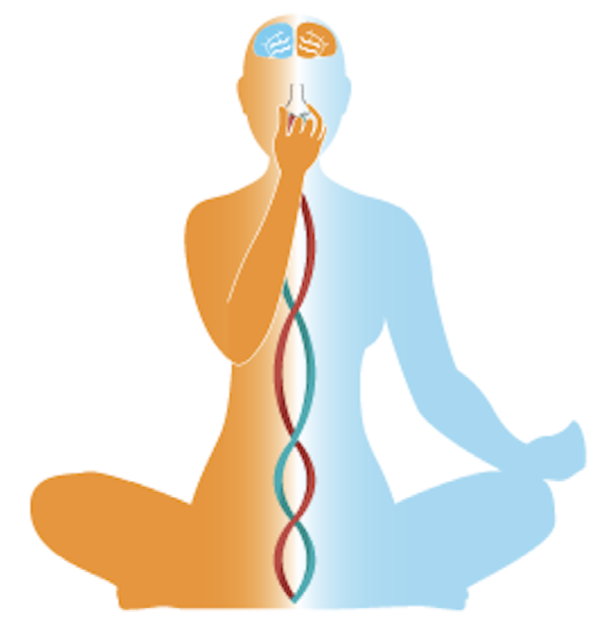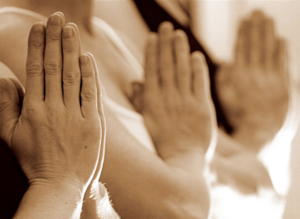Dedicating this one to my newest student! No guns allowed in the studio Buddy! The very first rule of Raja Yoga is love – and it starts with your self.
After picking a spot where you’re going to sit for a few minutes every day to relax, your next homework assignment is to read this and the posts linked below.
PART I – HERE’S WHY
Your frame of mind as you sit to meditate is important. You have NO idea what will come up when you sit quietly with your thoughts, so make it fun!! It’s sort of like fishing: just be prepared and patient.
When trying to change habits, you need three things to sustain them: desire, resources and knowledge. You make the time. I’ll help you keep it fun and teach you how!
Is your stress level – your ability to cope – going to improve on its own? Not likely. Learn to control your thoughts so they don’t control you.
All it takes is practice!
Make meditating like brushing your teeth. You might let a lot of things slip, but you likely brush your teeth every day. It’s really that easy: practice, practice, practice. You’ll see the near term benefits soon enough. Practice for 20 years and you’ll be sharing it with others too.
How can you make it fun? Use your imagination! Visualization is a third of the practice of restorative, medical qigong as I’m learning it. This is no different.
As I sat down this morning in my favorite sunny spot and closed my eyes (almost!) I imagined that I was a kid again, hopping on and getting ready to ride a toboggan downhill. I was grinning from ear to ear!!
I grew up in Vermont, so a toboggan works for me. Ride your own toboggan in your mind and smile from your heart like a kid again!

PART II – HERE’S HOW
Once seated:
Lift up and drop down energetically from your heart-center.
Set an intention, either specific or general. Seek an answer. Acknowledge why you’re doing this: effectively praying. Express appreciation for the unique, miraculous manifestation of body, mind and consciousness that is you. Express gratitude for your blessings. Or just close your eyes and push off!
Sit upright, relatively still and quiet. Adjust and shift your weight as necessary; otherwise, be a tree – subject only to swaying in the breeze. Your mind, organs and systems are always in motion so don’t try to stop anything. We’re trying to get our various physical and mental systems to “idle” or run quietly, less stressfully, for whatever period of time we’ve set aside. The goal is to reach an ALMOST hypnotic state of sub-consciousness marked by calm, rhythmic breath, heart, and thought rates.
- Thoughts – focus your attention on something benign but complex enough to hold your attention. I suggest starting with the alphabet; learn to recite it forward and backwards. It’ll take a little practice but eventually it won’t require as much attention – just beware not to let the recitation become rote. When our sub-conscious mind takes over and we learn to “do” it without “thinking” about it – it frees up our “thinking” mind to wander off to find something else to occupy itself! Right now, we’re practicing reducing the wandering for a little while.
Btw – when your thoughts do drift, gently smile because that’s the nature of our mind; let your breathing settle again, and re-focus. Practice makes perfect. The length of time you can comfortably sit in a sub- or semi-conscious state will lengthen and the state will deepen. 😉
- Breaths – breathe naturally into your stomach like a child [navel away from your spine on the inhalation; toward your spine on the exhalation]. To begin, simply observe your body breathing [a recent post describes the mechanics of breathing; see if you can translate my post description into your experience].
The object here is to breathe in a settled, rhythmic, subtle, quiet, deep, comfortable, manner – facilitating and fostering a sub- or semi-conscious state of mind. Your breath will settle into a rhythm over time. It may help to play soft melodic music in the background.
- Heartbeats – ironically, this is the hardest of the three to affect, partially because it can be difficult to sense our pulse without using our fingers. Sometimes it’s easier to sense it in the wrist or neck than in our chest. In order to find and focus attention on – thereby calming – our heartbeat, we quiet our breathing and thinking first.
There’s no right or wrong way to settle and sooth your self. Techniques are as vast and varied as we are. Patanjali’s Raja Yoga is a tested, tried and true method for slipping below the noise when you want and need to!
Ask questions!! I’m here to help.
Other recent posts for novice mind control enthusiasts:
- calming breathing exercises
- meditate step 5
- sunday reflection 5/20/18
- giving birth to faith
- take your mind offline
- take 2 asprin and call me in the morning
- breadcrumbs
- what does consciousness have to do with relaxing
- open letter to dan harris
- the poor me’s
- i see something
- find the real you. meditate
- spiritual guide for hire
- the mechanics of meditating
- forget what you see in the mirror
- battling addiction – insights from a 60 year old addict








